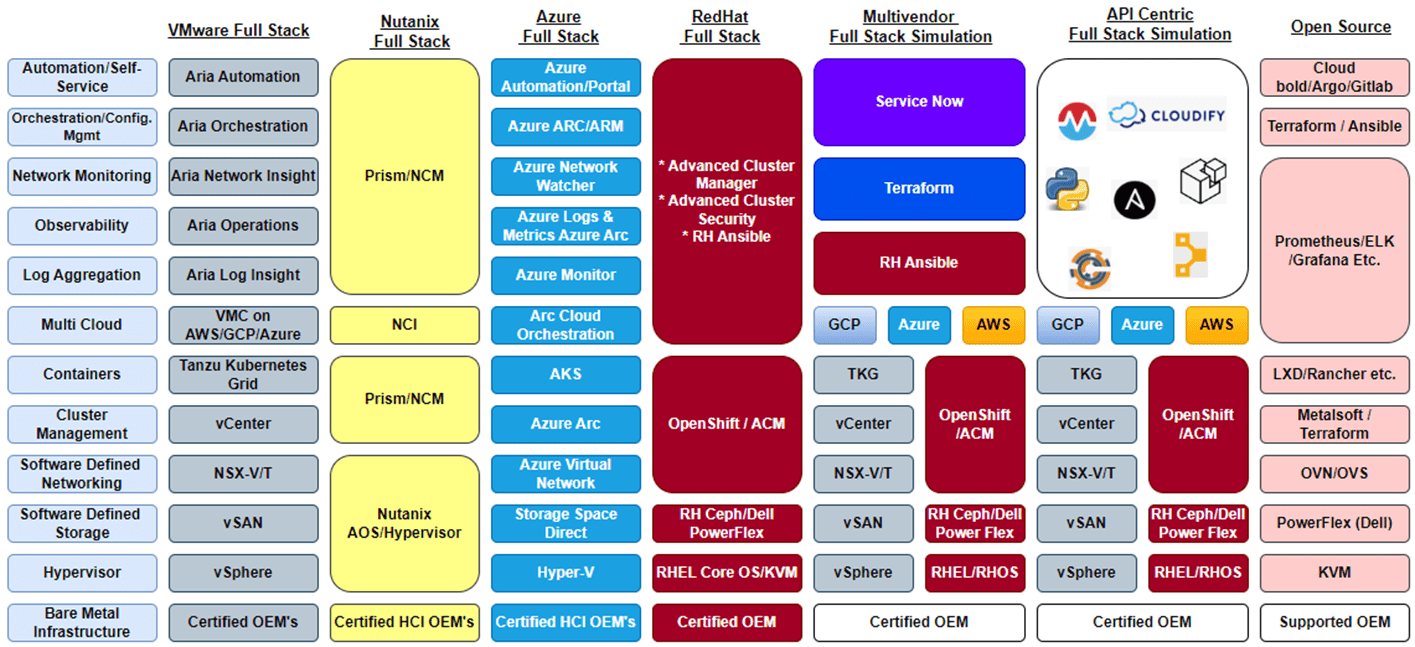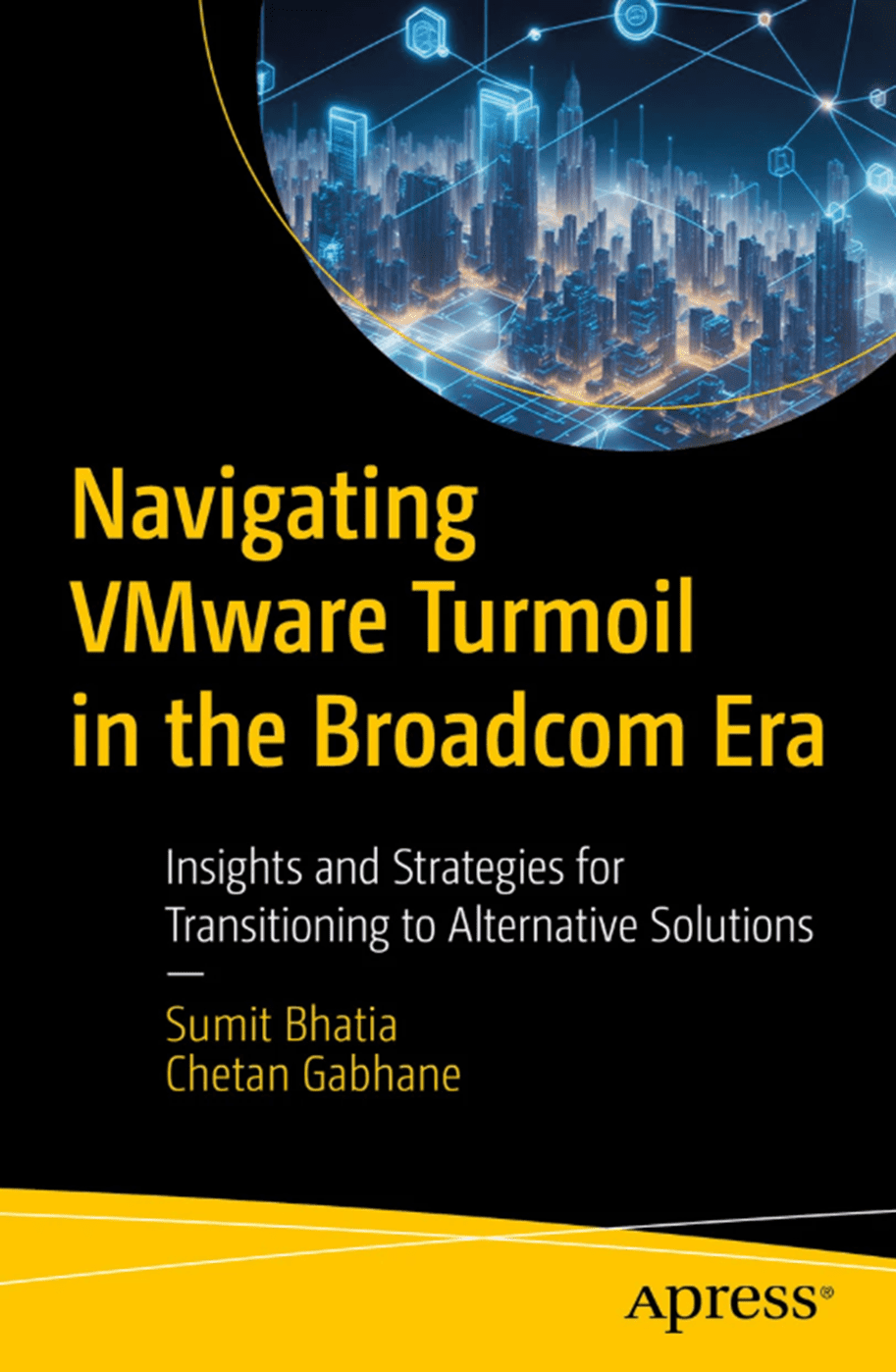The oil and gas sector, recognized for its intricate operations, widespread infrastructure, and rigorous regulatory standards, is increasingly adopting technology to boost efficiency, enhance safety, and foster innovation. A prominent contributor to this digital evolution is VMware, whose virtualization and private cloud solutions are essential for modernizing this crucial industry. From analyzing seismic data and simulating reservoirs to overseeing pipelines and managing smart grids, VMware’s virtualization technology enables energy companies to streamline IT resources, improve operational flexibility, strengthen cybersecurity, and refine workflows. By virtualizing critical applications and infrastructure, organizations can reduce capital costs, optimize resource use, and accelerate innovation, ultimately resulting in greater productivity and safer, more sustainable energy practices. VMware has significantly impacted numerous organizations within the energy sector.
To add, VMware is often regarded as the leader in server virtualization, maintaining a substantial market share that typically ranges from 60% to 70% for its primary virtualization platforms. Statistics reveal that there are over 500,000 VMware customers globally. For the past two decades, VMware has been the preferred option for hosting essential business applications. Its extensive product range has become vital to the enterprise landscape, providing the necessary infrastructure and tools to abstract physical hardware resources and allocate them effectively to virtual machines. In summary, VMware’s influence in the industry today is undeniable.
Broadcom acquired VMware for approximately $61 billion. Acquisition closed on November 22nd, 2023. Immediately after the acquisition sparked a huge wave of concerns across the industry that heavily rely on VMware and its products. Broadcom’s acquisition of VMware has brought significant changes to the VMware offerings.
Key Changes Since Broadcom Acquired VMware
- Shift to Subscription Model and End of Perpetual Licenses: Broadcom discontinued perpetual licenses for VMware products. Moving into subscription services only, which are basically contracts for 1, 3 or 5 years.
- Streamlining of Product Portfolio: Broadcom has characterized the changes in VMware’s product offerings as a simplification. However, for end users, this translates to a decrease in the variety of available products, concentrating solely on essential strategic solutions. Consequently, forcing end users to either cease using VMware or transition to a more costly alternative.
- Focus on Larger Customers: Broadcom has placed a strong emphasis on catering to large enterprise clients as Broadcom seeks to enhance efficiency and revenue by focusing on high-value, large-scale implementations in the enterprise market. As a result, smaller businesses and individual users have encountered modifications in their access to specific products or services.
- Divestitures: Broadcom sold off parts of VMware that didn’t align with its core strategy, such as the end-user computing (EUC) division (including VMware Horizon and Workspace ONE) and Carbon Black, a cybersecurity platform.
Impacts and Concerns:
- Cost Increases: There have been numerous reports of considerable price increases for many VMware clients, primarily attributed to the transition to subscription models and product bundling. Additionally, the rise in costs is connected to Broadcom’s requirement for a minimum purchase of 16 cores per server for Datacenter implementations. As a result, many customers are experiencing a significant rise in their overall VMware expenses.
- Longer Contracts: Broadcom is pushing for longer-term subscription contracts (multi-year deals). This can provide some price stability, but also locks customers in.
- Subscription Model: The shift to subscription-based licensing has been a major point of contention. While subscription models can offer benefits like continuous updates and support, there are also anxieties about vendor lock-in, limiting flexibility, and potentially increasing dependence on Broadcom for critical infrastructure components.
- Minimum Investment: Different reports suggest a rise in minimum spending commitments for customer contracts. Smaller customers are facing a steep increase in the cost of VMware products.
Stakeholders, including customers, partners, and industry analysts, have expressed concerns regarding price increases, diminished innovation, and a departure from VMware’s historically broad and customer-focused strategy. There is widespread apprehension that Broadcom, recognized for its stringent cost-reduction measures and a tendency to prioritize profit over customer satisfaction, may significantly modify VMware’s product strategy and support framework, potentially jeopardizing the ecosystem that has flourished for many years. The ambiguity surrounding the future of VMware’s technologies and their implications for businesses that depend on them has fostered a notable sense of anxiety, leading to extensive discussions about contingency strategies and alternative options. Broadcom’s previous acquisitions, such as those of CA Technologies and Symantec’s enterprise security division, have generally adhered to a comparable trend, characterized by substantial product line consolidation and increased costs for current customers. Broadcom tends to concentrate on the most lucrative segments of the acquired entities while discarding or phasing out less profitable offerings, often neglecting smaller clients and niche markets. Although this approach has proven financially advantageous for Broadcom, it has sparked worries regarding the long-term sustainability and innovation capacity of the acquired resources, prompting some customers to explore alternative solutions.
Considering the current upheaval surrounding VMware, an international publication by lead author Sumit Bhatia, “Navigating VMware Turmoil in the Broadcom Era,” serves as a comprehensive guide designed to help organizations tackle the challenges and uncertainties arising from the Broadcom-VMware acquisition. This book delves into the substantial changes introduced by Broadcom to VMware, the obstacles related to shifting to alternative solutions, and aims to provide unbiased insights that empower organizations to break free from vendor lock-in and adjust to the changing environment. The book thoroughly examines the range of technological options available in the industry (one sample illustrated in Figure 1) and succinctly outlines the variety of choices accessible. By providing a practical understanding of the various options, including emerging virtualization technologies, this publication equips industry professionals to effectively manage their current reliance on VMware. Additionally, real-world case studies and examples further substantiate the case for embracing a variety of VMware alternatives tailored to the specific contexts of each organization.
 If you find yourself in a similar predicament and wish to escape vendor lock-in or explore the diverse and exciting hosting options available in the industry for your upcoming private cloud solutions, consider embarking on your journey with this book, which is now accessible globally. This book provides invaluable insights and state-of-the-art advancements, whether you are an experienced tech enthusiast or a curious newcomer. Find this book on virtually all major book-selling platforms!
If you find yourself in a similar predicament and wish to escape vendor lock-in or explore the diverse and exciting hosting options available in the industry for your upcoming private cloud solutions, consider embarking on your journey with this book, which is now accessible globally. This book provides invaluable insights and state-of-the-art advancements, whether you are an experienced tech enthusiast or a curious newcomer. Find this book on virtually all major book-selling platforms!
Official Publisher link for this book: https://link.springer.com/book/10.1007/979-8-8688-1264-4





